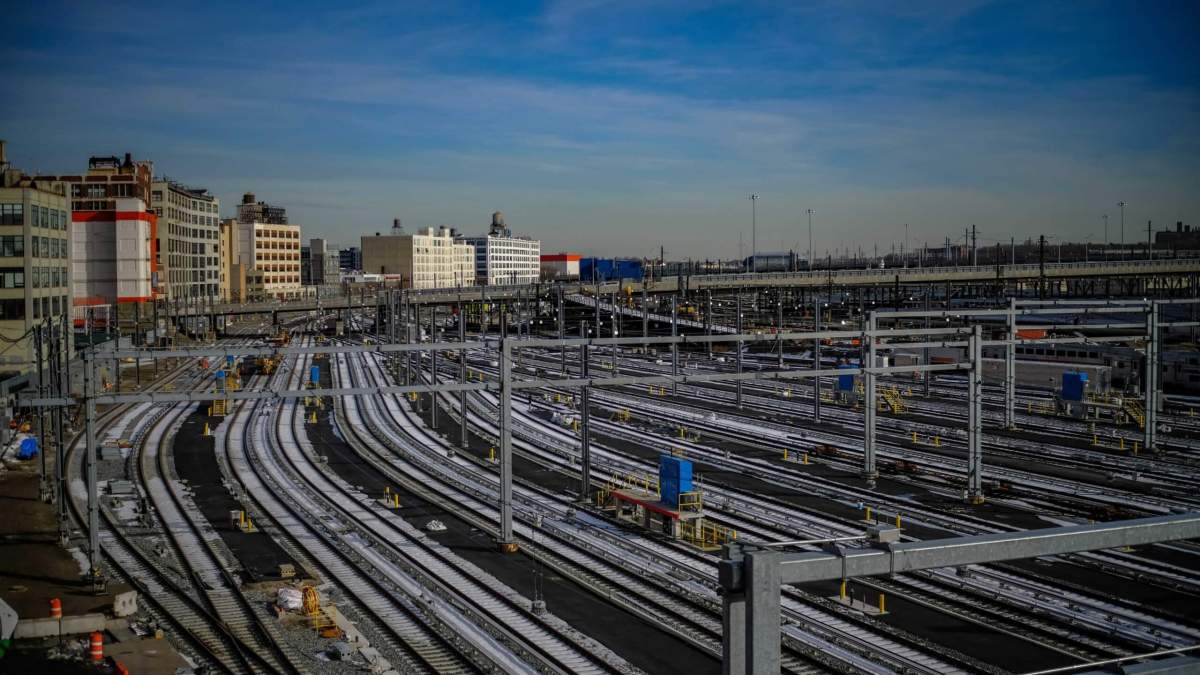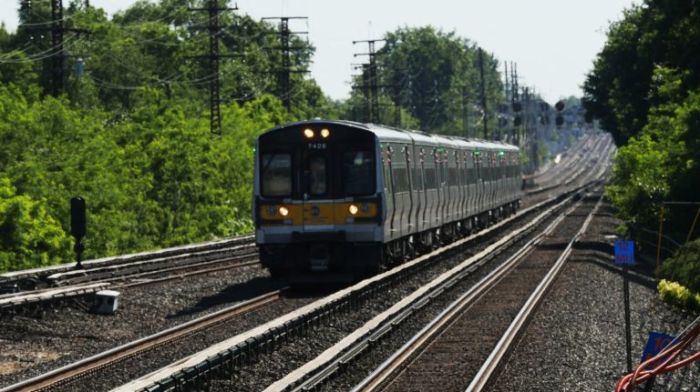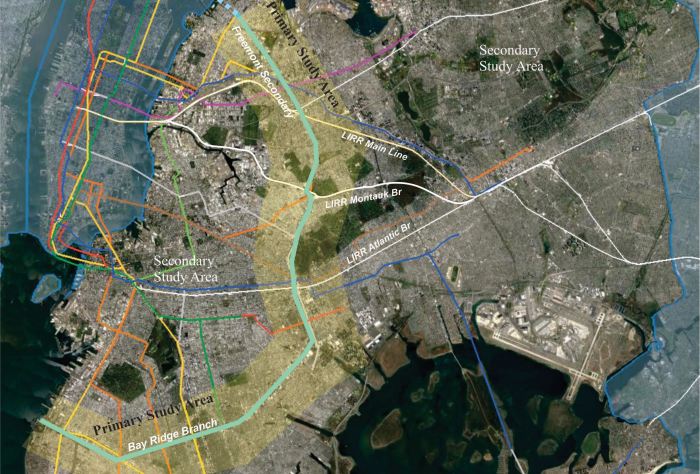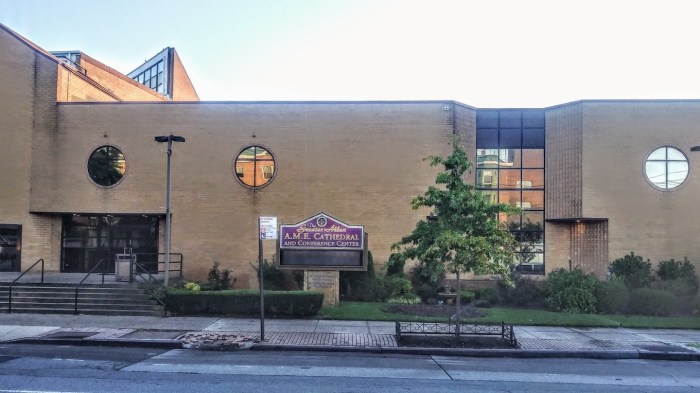After 12 years of industry setbacks in implementing positive train control, the Metropolitan Transportation Authority says its installation is complete on the Long Island Rail Road and Metro-North.
Federally mandated in 2008 with an original deadline set for 2015, availability of the not so one-size-fits-all technology has required two extensions which the MTA will meet before the end of the year on 503 miles of rail throughout the two systems.
“This technology can help stop accidents before they occur, and keep our customers and employees safe. It’s a major advance for transit not only here in New York, but across the nation, and will help make 2021, the safest year on the railroad yet,” MTA Chairman Pat Foye said. “LIRR and Metro-North saw huge improvements in implementation over the past two years, overcoming serious challenges and technical issues. This is on top of COVID-related delays since March to the supply chain and staffing shortages during the worst parts of the crisis.”
A lot has happened since 2008 when the Rail Safety Improvement Act was passed by congress in 2008 in which major derailments on Amtrak lines. In May 2015, an Amtrak train taking a 50-mile an hour curve near Philadelphia at 108 miles per hour derailed killing eight passengers and sending 180 others to nearby hospitals.
A 2017 Amtrak derailment in Washington state killed three passengers due to speed, which killed three. Positive train control was not active at the time.
In August, Amtrak announced they had completed installing positive train control on all their rolling stock.
It was not until April of 2018 that the LIRR began testing the technology on the Port Washington line after the federal deadline was shifted to Dec. 31, 2018 while Metro-North achieved a 74% rollout of positive train control in March 2020.
“This was an industry-wide extension across all the commuter and freight railroads. This was something that the Federal Railroad Administration, understanding the industry challenges on this new technology that was not off the shelf. That was being developed and designed for every individual facility and acknowledgement that this technology which is state of the art today, but something that hasn’t been developed and designed,” LIRR President Phil Eng said.
According to Metro-North President Catherine Rinaldi, the rail industry as a whole was backed up in having Positive Train Control installed as vendors quickly became overwhelmed with the same deadline.
The National Transportation Safety Board first recommended the federal government require positive train control on all commuter and freight railroads since the 1969 crash in Darien, Conn. saw the deaths of four people.
December 2017 saw a follow-up to the Rail Safety Improvement Act in the form of a letter from Senators Charles Schumer and Kirsten Gillibrand who asked outgoing U.S. Department of Transportation Secretary Elaine Chao to hold companies accountable for the installing the technology.



































